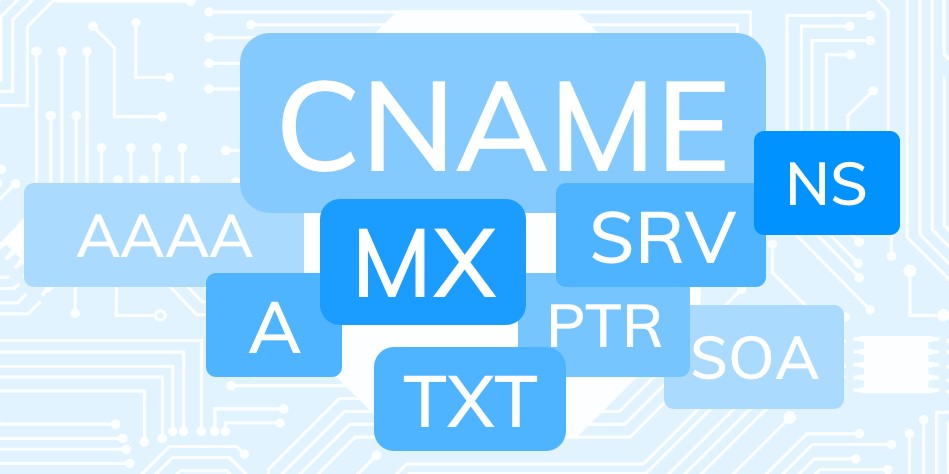Commonly used DNS records in a Business operation
Any business expecting to make an online presence requires a fair understanding of how DNS (known as Domain Name System) functions. DNS is a simplified directory full of records handling queries from users who try to reach a business (through an email, website or contact page). DNS ultimately reveals which part of the business services are online and how robust the reach is.
Is DNS crucial for a Business?
Indeed. In my one of my post, I have explained how crucial is DNS for a business operation. This is to ensure clients can reach you securely. This means you are able to verify and validate the business identities easily and conveniently. For example,
- Google requires to verify your identity over google search display, email configuration
- Tripadvisor will only accept the business claim which is filed through a business official mail
- Google Analytics will let you see what type of users accessing your website along with more of other information
Commonly used DNS DNS records

Image Source: Presslabs
There are a large number of DNS entries that exist in the technology world. However, a handful of records are crucial for business operation.
- NS record – Name Server record, a crucial entry pointing to a location where all other DNS records are managed. All your business A, AAAA, MX… etc., records are maintained and cached here. Service providers will probably offer two (primary & secondary) or more for backup/redundancy (e.g.: ns1.domain.com, ns2.domain.com). If you are provided with a single NS address, it is time you move immediately to elsewhere.
- A record – An address record, widely used to map a hostname to an IPv4 address. This simply means, letting others know that “www.domain.com” is located under the service IP of 192.168.1.1. So, the users can reach the destination accordingly.
- AAAA record – An address record, similar to “A” record. The difference is, this record supports any IPv6 addresses. This is less in use and is used by giants like Google, Youtube, Netflix.. Etc.
- CNAME record – Canonical Name record, used mostly to alias an “A” or “AAAA” record. For example, if you require users to reach your website with and without “www”, or to another domain name, you can do so with this. There are other use cases, but let’s just say, we use it for this purpose.
- MX record – Mail Exchange record, holds the mail receiving location. This is often set with multiple mail exchangers using priorities. This ensures emails are not just bounced if one exchange is down. Similar to NS records.
- TXT record – Text record, a form of text record that lets a domain administrator enter human-readable texts. This is mostly used for email communication validation, ownership confirmations, domain authentications… etc.
- SPF (Sender Policy Framework) – Help email servers to determine the authenticity of the and ownership of the domain.
- DKIM (DomainKeys Identified Mail) – An email authentication method used to detect spams, forged sender addresses mails.
- DMARC (Domain-based Message Authentication, Reporting and Conformance) – A mechanism used by email domain owners to protect the domains from email spoofing.. Etc.
- PTR record – PTR Resource Record, used to do reverse DNS lookups. Good to know, but not used in the case of a business unless otherwise required.
These are the mainly used ones when setting up any kind of DNS records on the web. However, there are more other records which you can learn about from Wikipedia.
Required DNS records for Business operation
Most of the above, if not few, will be crucial for services like website/hosting, email… etc., to function. This, in fact, requires a fair technical knowledge to set-up for the business operation as well. Configuring such entries will be dependent on how the business operates in online space and what services are utilized. It is wiser to consult webmaster experts to support your business requirement if you do not know what you are dealing with.


